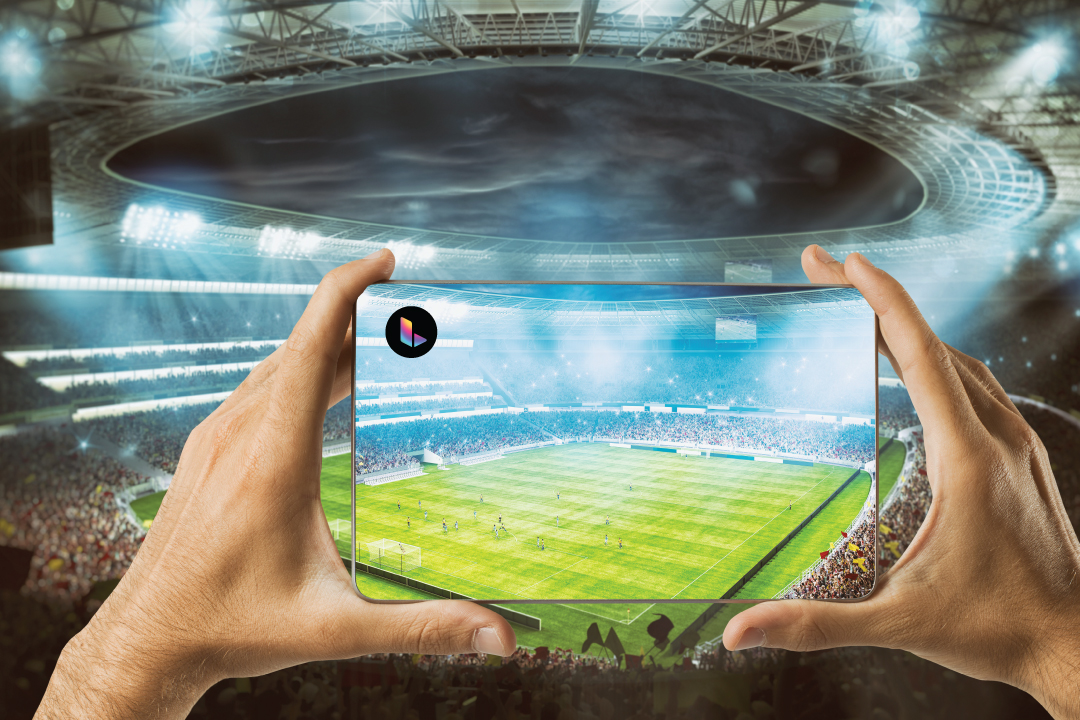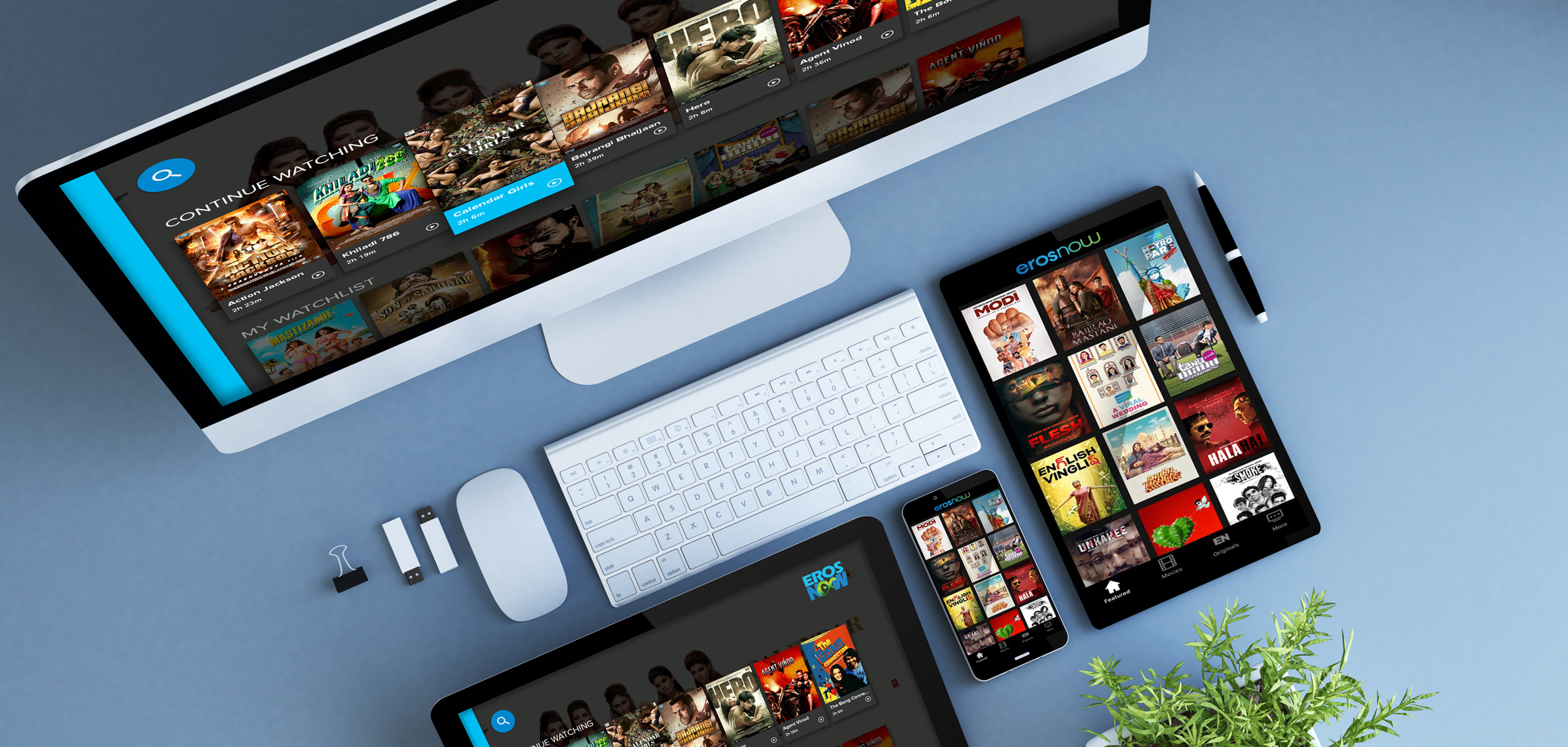BLOG

Author: Biswarup Dasgupta, CTO & Co-founder
Date : 03 May 2023
Many of us have experienced time lag in OTT and live streaming that varies from one device to another. Some of us also must be aware of the latency that makes this difference. But do we know how latency works and how can the techno buffs improve it using the latest technology?
Low Latency is the solution for all these—as low as the latency, more seamless video streaming. Generally, a good latency stands between eighteen to thirty seconds; more than that deteriorates the viewer’s experience, leading to frustration and unsubscription from any OTT channel. However, for use cases where interactivity with live playback is the key, any latency of more than 3-4 secs degrades the user experience substantially.
What Are the Advantages if You Could Achieve Low Latency?
In video streaming, you must take care of your viewer’s experience. Fine-tuning of three significant steps of streaming, Encoder, CDN (Content Distribution Networks), and Player can only result in low or even Ultra-low Latency and an excellent viewing experience.
Let’s discuss the advantages of Low Latency in the platform of media streaming:
Many such tremendous advantages benefit the OTT platforms to acquire high viewership by providing Low Latency. Streaming platforms are already at the height of success once they can provide the best quality video streaming experience with smooth transitions and effects. Low Latency is the soul of video streaming and is the most crucial part.
Challenges to Obtaining the Low Latency
We know there are immense benefits to acquiring Low Latency but obtaining the same is challenging. The least latency requires the latest and the best technology and processes to obtain fine synchronisation leading to a seamless streaming experience.
Let’s discuss the challenges in the process of obtaining Low Latency:
Besides, the encoding process, streaming protocols, and environmental factors may also be arduous while obtaining Low Latency video streaming.
Low Latency is the foremost necessity of time for OTT streaming platforms. Not only does the least latency provide viewers with a seamless video streaming experience, but it also keeps them hooked to the platform in the long run. After all, “Quality is remembered long after the price is forgotten.”
Write to us at [email protected] for more information about our low-latency solution.

SHARE THIS ARTICLE
Stay up to date on latest trend in video tech
Related Posts
ALL RIGHTS RESERVED © LOGITUIT 2024
To provide the best experiences, logituit.com use technologies like cookies to store and/or access device information. Consenting to these technologies will allow us to process data such as browsing behaviour or unique IDs on this site. Not consenting or withdrawing consent, may adversely affect certain features and functions.